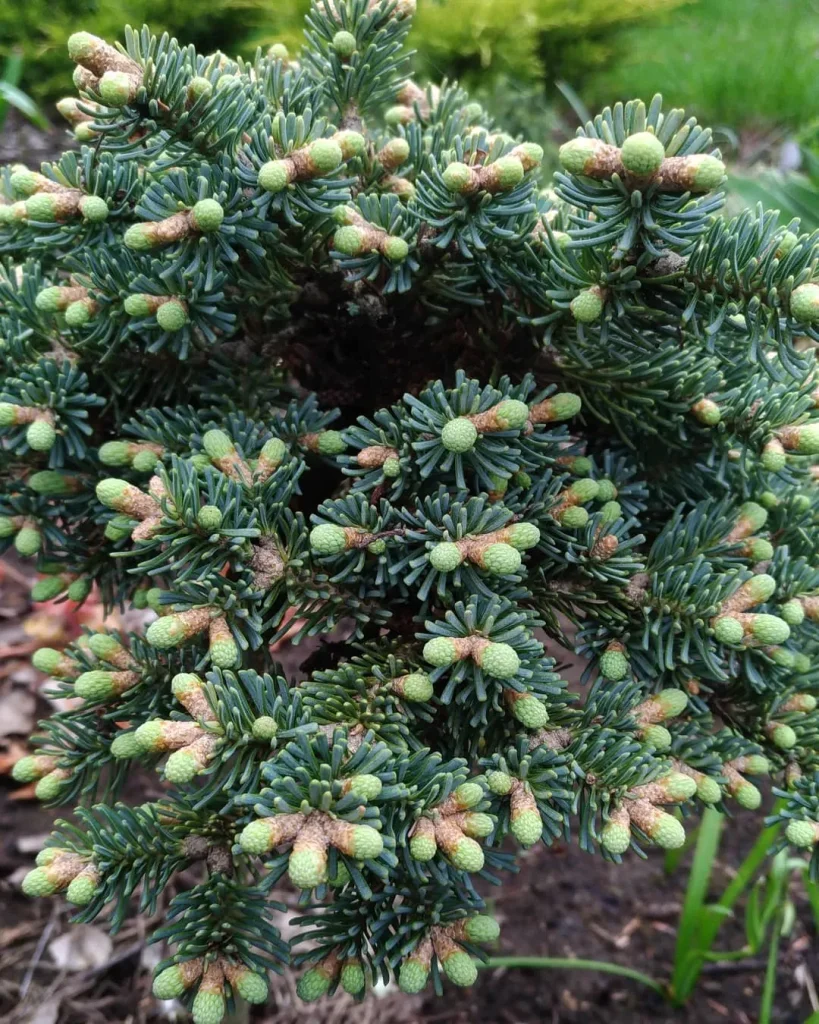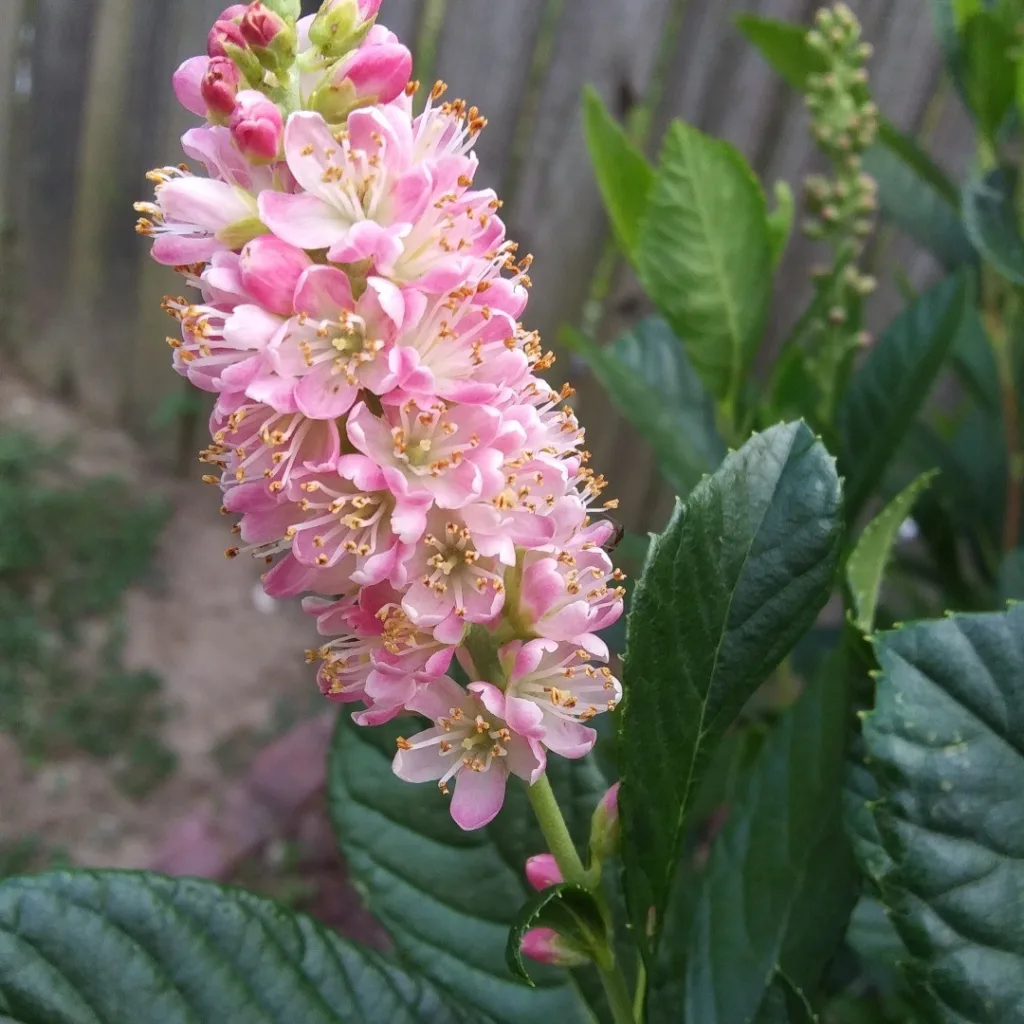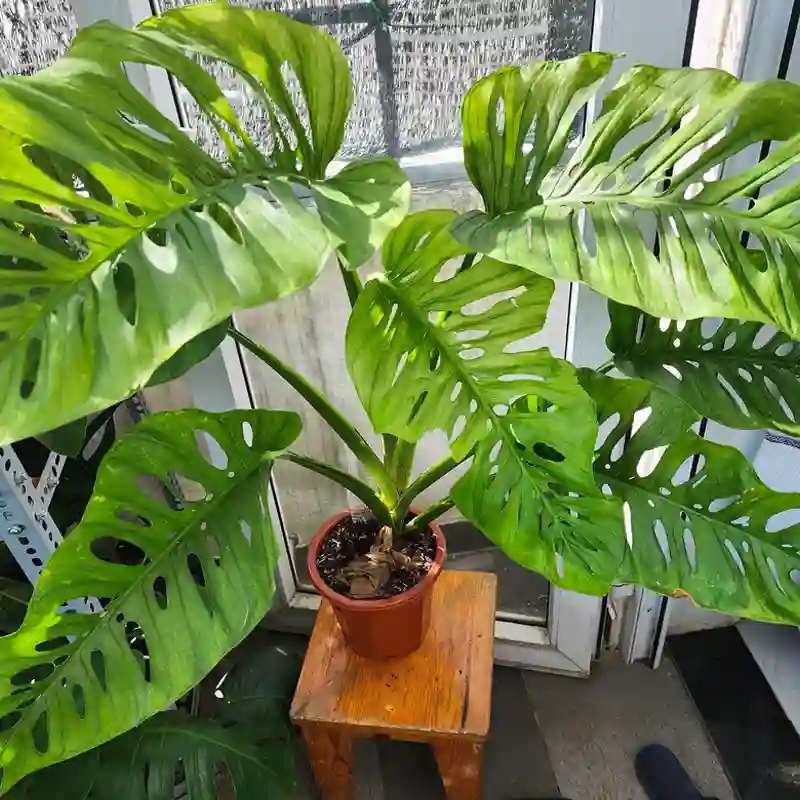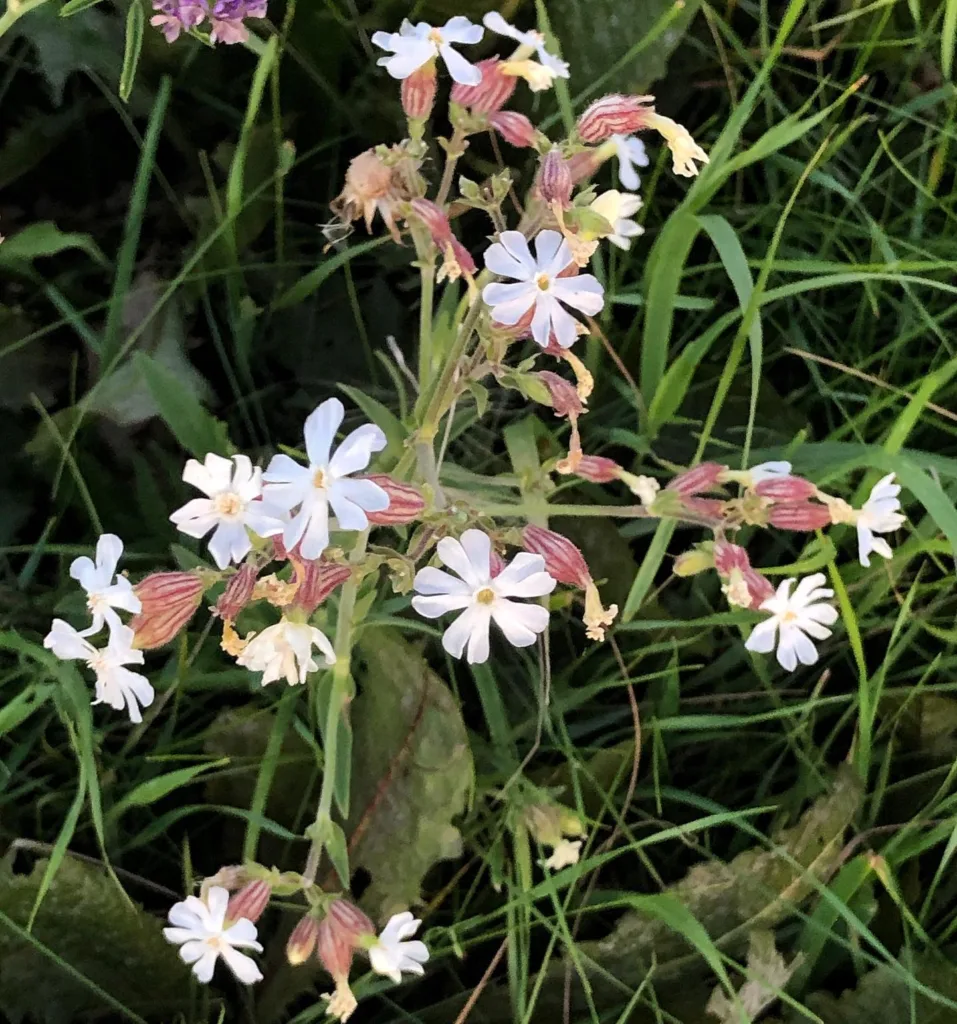FAQs About Bambusa Malingensis
As an avid gardener and plant enthusiast, I’ve spent a lot of time learning about various plant species. One that often piques interest is Bambusa Malingensis, a type of bamboo that’s both striking and versatile. I’ve put together a comprehensive guide to address the most frequently asked questions about this bamboo species.
156 Species in Genus Bambusa
What is Bambusa Malingensis?
Bambusa Malingensis, commonly known as Malingensis Bamboo, is a clumping bamboo native to Southeast Asia. It’s admired for its tall, elegant stature and dense foliage. This bamboo can reach up to 20 feet in height, making it an excellent choice for creating privacy screens or lush green backdrops in gardens. Its stems are typically green, turning a yellowish hue as they mature. Unlike running bamboos, Bambusa Malingensis grows in tight clumps, making it easier to manage in gardens.
How to Care for Bambusa Malingensis?
Caring for Bambusa Malingensis involves a few key practices to keep it thriving:
- Location: This bamboo prefers full sun but can tolerate partial shade. Choose a spot where it will get plenty of light for the best growth.
- Soil: Well-draining soil is crucial. While Bambusa Malingensis is adaptable to different soil types, it thrives in rich, loamy soil. Ensure the soil remains consistently moist but not waterlogged.
- Watering: Regular watering is important, especially during dry periods. Bamboo does not like to dry out completely, so keep the soil consistently moist.
- Fertilizing: Feed your bamboo with a balanced fertilizer during the growing season (spring and summer). This will promote healthy growth and vibrant foliage.
- Pruning: Regular pruning helps to maintain the shape and remove any dead or weak stems. This encourages new growth and keeps the bamboo looking tidy.
How to Propagate Bambusa Malingensis?
Propagating Bambusa Malingensis can be done through division or from cuttings:
- Division: The easiest method is to divide the clumps. Carefully dig up the bamboo and separate the clumps into smaller sections, ensuring each section has roots. Replant these sections in new locations.
- Cuttings: While less common, you can propagate from cuttings. Take a section of the bamboo with a few nodes and plant it in a pot with well-draining soil. Keep the soil moist and wait for roots to develop before transplanting.
What to Plant With Bambusa Malingensis?
Bambusa Malingensis pairs well with various plants to enhance its appearance and create a diverse garden:
- Ornamental Grasses: These can add texture and contrast to the bamboo. Consider species like Blue Fescue or Fountain Grass.
- Shade-Tolerant Plants: If you’re planting in a partly shaded area, try hostas or ferns, which will complement the bamboo’s lush greenery.
- Flowering Plants: Add some color with flowering plants like daylilies or coneflowers. Their vibrant blooms will stand out against the bamboo’s green backdrop.
Is Bambusa Malingensis Toxic?
Bambusa Malingensis is not toxic to humans or pets. Unlike some other plants that can be harmful if ingested, this bamboo poses no such risk. However, it’s always a good practice to monitor pets and children around plants to avoid any accidental ingestion.
Benefits of Bambusa Malingensis
- Privacy Screen: Its dense growth makes it an excellent natural privacy screen or windbreak.
- Aesthetic Appeal: With its tall, slender stems and lush foliage, it adds a touch of elegance to any garden.
- Low Maintenance: Once established, Bambusa Malingensis requires minimal maintenance compared to other plants.
Common Problems and Solutions
- Pest Issues: Bamboo can occasionally attract pests like aphids or spider mites. Regularly inspect your bamboo and treat any infestations with insecticidal soap or neem oil.
- Yellowing Leaves: This can indicate water stress. Ensure the bamboo receives consistent moisture and check the drainage of the soil.
- Overcrowding: If left unchecked, bamboo can become overcrowded. Regular pruning and division can help manage its spread.
Comparing Bambusa Malingensis to Other Bamboos
Bambusa Malingensis vs. Phyllostachys Aurea (Golden Bamboo):
- Growth Habit: Bambusa Malingensis is a clumping bamboo, while Phyllostachys Aurea is a running bamboo, spreading more aggressively.
- Appearance: Bambusa Malingensis has a more elegant, slender appearance compared to the thicker, more robust stems of Phyllostachys Aurea.
Bambusa Malingensis vs. Fargesia Rufa:
- Cold Tolerance: Fargesia Rufa is more cold-hardy, making it suitable for cooler climates, whereas Bambusa Malingensis thrives in warmer conditions.
- Growth Form: Fargesia Rufa also forms a clump but is generally smaller in size compared to Bambusa Malingensis.
In conclusion, Bambusa Malingensis is a versatile and attractive bamboo species that can enhance any garden with its beauty and functionality. By following proper care guidelines and understanding its characteristics, you can enjoy the many benefits it offers.
If i die, water my plants!



